Home>Gardening & Outdoor>Landscaping Ideas>How To Level Dirt For Grass
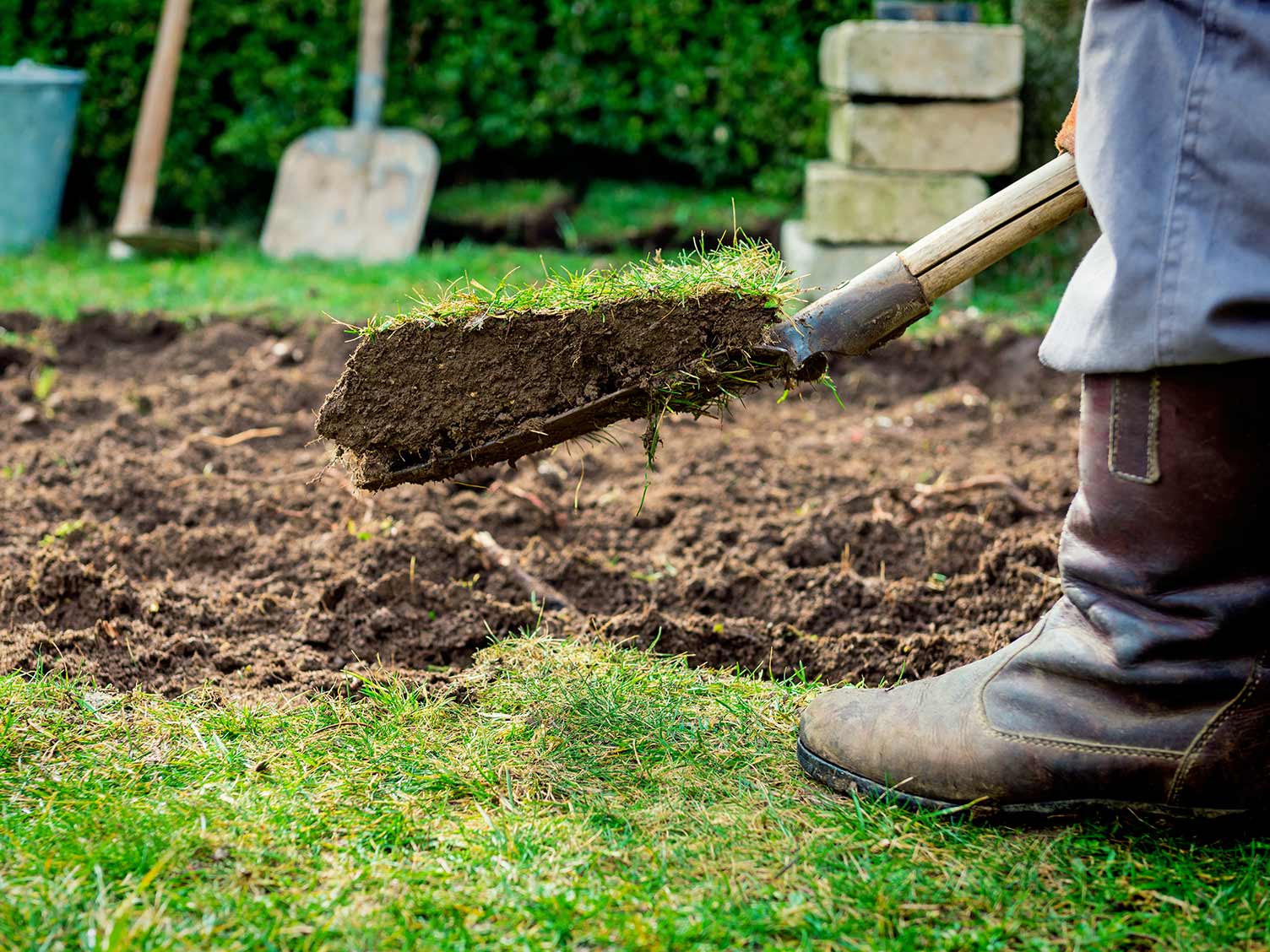

Landscaping Ideas
How To Level Dirt For Grass
Published: January 27, 2024
Learn effective landscaping ideas for leveling dirt to create a perfect foundation for your grass. Discover expert tips for achieving a flawless lawn.
(Many of the links in this article redirect to a specific reviewed product. Your purchase of these products through affiliate links helps to generate commission for Storables.com, at no extra cost. Learn more)
Introduction
Creating a lush, vibrant lawn begins with a solid foundation, and one of the key elements in achieving this is ensuring that the dirt is properly leveled for grass. Whether you're starting from scratch with a bare patch of land or revitalizing an existing lawn, the process of leveling dirt for grass is essential for promoting healthy growth and a uniform appearance.
Leveling dirt for grass involves a series of steps that are designed to prepare the ground for optimal grass growth. By following these steps, you can address any unevenness, remove debris, and improve the overall quality of the soil to provide an ideal environment for your grass to thrive.
In this comprehensive guide, we will explore the essential steps involved in leveling dirt for grass, from assessing the area and removing debris to adding topsoil, leveling the dirt, and finally, seeding or laying sod. By understanding and implementing these steps, you can set the stage for a vibrant and resilient lawn that will be the envy of the neighborhood.
So, let's roll up our sleeves and delve into the intricacies of leveling dirt for grass, uncovering the techniques and best practices that will pave the way for a verdant and inviting lawn. Whether you're a seasoned gardener or a novice enthusiast, this guide will equip you with the knowledge and confidence to transform your outdoor space into a captivating oasis of greenery.
Key Takeaways:
- Leveling dirt for grass involves assessing the area, removing debris, using a rototiller, adding topsoil, leveling the dirt, and seeding or laying sod. Each step is crucial for creating a vibrant and resilient lawn.
- Whether you’re seeding or laying sod, the final step in leveling dirt for grass brings your vision to life. With careful preparation and execution, you can enjoy a lush and inviting lawn for years to come.
Read more: How To Install Turf On Dirt
Assessing the Area
Assessing the area is the crucial first step in the process of leveling dirt for grass. This initial evaluation allows you to gain a comprehensive understanding of the terrain, soil composition, and any existing issues that may impact the growth of your grass. By conducting a thorough assessment, you can identify areas that require attention and develop a strategic plan to achieve a level and fertile ground for your lawn.
Begin by surveying the entire area where you intend to grow grass. Take note of any slopes, depressions, or uneven patches that could affect water drainage and the overall appearance of the lawn. Use a long, straight board or a level to identify areas with significant variations in elevation. This visual inspection will provide valuable insights into the topography of the land and serve as a foundation for the leveling process.
Next, assess the quality of the soil. Consider factors such as texture, drainage, and nutrient levels. Sandy soil, for example, drains quickly but may require additional amendments to retain moisture and nutrients. In contrast, clay soil retains water but can become compacted, hindering root growth. Understanding the soil composition will guide your decisions regarding soil amendments and leveling techniques.
Additionally, evaluate the presence of any debris, rocks, or vegetation that may impede the leveling process. Clearing the area of these obstacles is essential for achieving a smooth and uniform surface for your grass to thrive. Take note of any areas with dense vegetation or persistent weeds, as these may require targeted removal or treatment to prevent future interference with your grass.
Finally, consider the environmental factors that can impact the growth of your grass, such as sunlight exposure and potential sources of erosion. By assessing the area comprehensively, you can develop a tailored approach to leveling the dirt that addresses the specific needs and challenges presented by your unique landscape.
In essence, the process of assessing the area sets the stage for a well-informed and effective approach to leveling dirt for grass. By taking the time to thoroughly evaluate the terrain, soil, and environmental factors, you can lay the groundwork for a successful lawn transformation that will yield long-lasting beauty and vitality.
Removing Debris and Vegetation
Before embarking on the task of leveling dirt for grass, it is essential to clear the area of debris and vegetation that could impede the process and hinder the growth of your grass. This step sets the stage for a clean and unobstructed surface, allowing you to address the underlying soil with precision and efficiency.
Begin by conducting a thorough inspection of the area, identifying any rocks, branches, or other debris that may be scattered across the ground. Clearing these items is crucial, as they can create unevenness and pose obstacles during the leveling process. Additionally, remove any existing vegetation, such as weeds, unwanted grass, or invasive plants, that could compete with your desired grass for nutrients and space.
To effectively remove debris and vegetation, consider using a combination of manual and mechanical methods. Hand tools, such as rakes, shovels, and pruning shears, are invaluable for clearing smaller debris and cutting down unwanted vegetation. For larger or more densely populated areas, a power tool such as a brush cutter or a weed trimmer can expedite the process, allowing you to clear the land efficiently.
Once the visible debris and vegetation have been removed, it is important to address any underlying roots or remnants that may linger beneath the surface. These remnants can impede the leveling process and potentially give rise to new growth, undermining your efforts to establish a uniform and thriving lawn. Take care to thoroughly clear the soil of any remaining roots and organic matter, ensuring a clean and receptive foundation for the subsequent steps in the leveling process.
By diligently removing debris and vegetation, you create a blank canvas upon which to execute the remaining stages of leveling dirt for grass. This meticulous preparation sets the stage for a successful transformation, allowing you to address the soil with precision and lay the groundwork for a vibrant and resilient lawn. With the land cleared and ready for the next phase, you are poised to advance to the subsequent steps in the journey toward a beautifully leveled and lush grassy expanse.
Using a Rototiller or Tiller
Introducing a rototiller or tiller into the leveling process can significantly streamline the task of preparing the soil for grass. These powerful tools are designed to break up compacted soil, incorporate amendments, and create a uniform texture, laying the groundwork for optimal grass growth. When utilized effectively, a rototiller or tiller can expedite the leveling process and contribute to the creation of a fertile and receptive environment for your grass.
Before operating a rototiller or tiller, it is essential to ensure that the soil is adequately prepared. This includes removing debris, rocks, and vegetation, as well as conducting a thorough assessment of the area to identify any potential obstacles. Once the land is cleared and the terrain has been evaluated, the rototiller or tiller can be employed to begin the soil preparation process.
When using a rototiller or tiller, it is important to approach the task systematically, working in sections to achieve comprehensive coverage. Begin by making parallel passes across the designated area, allowing the machine to penetrate the soil to the desired depth. This initial pass serves to break up compacted soil, loosen debris, and create a more uniform texture, laying the foundation for subsequent amendments and leveling.
After the initial passes have been completed, it may be beneficial to make perpendicular passes to further refine the soil texture and ensure thorough incorporation of any amendments. This cross-hatching technique promotes an even distribution of soil amendments and encourages a consistent composition throughout the designated area, setting the stage for uniform grass growth.
Throughout the operation of the rototiller or tiller, it is important to maintain a steady and controlled pace, allowing the machine to effectively aerate and cultivate the soil. Additionally, it is advisable to monitor the depth of the tiller blades to ensure that the soil is being worked to the appropriate level, promoting optimal seedbed preparation and a receptive environment for grass establishment.
Incorporating a rototiller or tiller into the process of leveling dirt for grass can yield significant benefits, from breaking up compacted soil to facilitating the incorporation of soil amendments. By employing these powerful tools with precision and care, you can expedite the soil preparation process and create an ideal foundation for the growth of healthy and vibrant grass. With the soil effectively cultivated and primed for the next stages of leveling, the utilization of a rototiller or tiller marks a pivotal step in the journey toward a beautifully transformed lawn.
Adding Topsoil
Adding topsoil is a critical step in the process of leveling dirt for grass, as it serves to enrich the soil, improve its texture, and create an optimal environment for grass seed germination or sod establishment. Topsoil, which is the uppermost layer of soil, contains essential nutrients and organic matter that are vital for supporting healthy grass growth. By strategically incorporating topsoil into the existing terrain, you can address unevenness, enhance soil quality, and lay the groundwork for a vibrant and resilient lawn.
Before adding topsoil, it is important to assess the existing soil composition and identify areas that may require additional depth or amendments. This evaluation allows you to determine the quantity of topsoil needed and develop a targeted approach to achieve a level surface. Additionally, consider the texture and drainage properties of the existing soil, as the addition of topsoil can improve these characteristics, promoting favorable conditions for grass establishment.
When adding topsoil, begin by distributing it evenly across the designated area, taking care to achieve a consistent depth that aligns with the desired level of the terrain. A rake or leveling tool can be utilized to spread the topsoil and create a uniform surface, addressing any depressions or irregularities to establish a level base for the grass. Pay attention to the edges and corners of the area, ensuring that the topsoil is applied comprehensively to create a seamless transition with the surrounding landscape.
Incorporating topsoil can also provide an opportunity to address specific soil deficiencies or imbalances. For example, if the existing soil is lacking in organic matter or nutrients, the addition of topsoil can help rectify these deficiencies, promoting a fertile and nourishing environment for your grass. Additionally, the introduction of topsoil can improve soil structure and water retention, contributing to the long-term health and resilience of your lawn.
After the topsoil has been applied, it is advisable to lightly compact the surface to promote good seed-to-soil contact or sod adherence. This can be achieved using a lawn roller or by gently tamping the soil with a flat board, ensuring that the topsoil is firmly in place and ready to receive the grass seed or sod. By compacting the topsoil, you create an ideal foundation for the next phase of the leveling process, setting the stage for successful grass establishment and vigorous growth.
In essence, adding topsoil plays a pivotal role in the journey toward a beautifully leveled and fertile lawn. By strategically incorporating topsoil, you can address soil deficiencies, improve texture, and create an ideal seedbed for grass establishment. With the topsoil in place, the groundwork is laid for the subsequent steps in the process, bringing you one step closer to realizing a vibrant and thriving expanse of grass.
Before leveling dirt for grass, remove any rocks, roots, and debris. Use a rake or shovel to spread the dirt evenly, filling in low spots and removing high spots. Compact the soil and add topsoil if needed for a smooth surface.
Read more: How To Grow Grass On Clay Dirt
Leveling the Dirt
Leveling the dirt is a crucial phase in the process of preparing the ground for grass, as it aims to create a smooth and uniform surface that is conducive to healthy grass growth. This step involves addressing any remaining unevenness, compacted areas, or irregularities in the terrain, ensuring that the soil is primed for the successful establishment of grass seed or sod.
To begin the process of leveling the dirt, it is essential to conduct a comprehensive assessment of the terrain, identifying any areas that require attention. Utilizing a long, straight board or a level can aid in pinpointing uneven patches and variations in elevation, providing valuable guidance for the leveling efforts. By systematically evaluating the ground, you can develop a targeted approach to achieve a level surface that will promote the uniform growth of your grass.
Once the uneven areas have been identified, the leveling process can commence. A leveling tool, such as a landscape rake or a drag mat, can be employed to redistribute the soil and address any disparities in elevation. By systematically dragging the leveling tool across the designated area, you can fill in low spots, redistribute soil, and create a consistent grade that aligns with the desired contours of the landscape.
In addition to addressing unevenness, it is important to focus on soil compaction during the leveling process. Compacted soil can hinder root development and water infiltration, impeding the growth of your grass. Utilizing a soil aerator or a garden fork, you can alleviate compaction by perforating the soil, promoting improved air and water circulation that is essential for the health of your grass.
Throughout the process of leveling the dirt, it is important to maintain a meticulous and methodical approach, ensuring that the entire area receives comprehensive attention. By systematically addressing unevenness and compaction, you can create a level and receptive foundation for the next phase of the grass establishment process, setting the stage for successful seeding or sod installation.
In essence, leveling the dirt is a pivotal step in the journey toward a beautifully transformed lawn. By meticulously addressing unevenness and compaction, you can create an ideal environment for the growth of healthy and vibrant grass, setting the stage for a lush and inviting expanse of greenery. With the soil effectively leveled and primed for the next stages of the process, you are one step closer to realizing a captivating and resilient lawn that will be a source of pride and enjoyment.
Seeding or Laying Sod
Seeding or laying sod represents the culminating phase in the journey of leveling dirt for grass, marking the transition from soil preparation to the actual establishment of a vibrant and resilient lawn. This pivotal step offers two distinct approaches, each with its own unique advantages and considerations, allowing you to tailor the method to suit your specific preferences and requirements.
Seeding
Seeding, also known as sowing grass seed, offers a cost-effective and versatile means of establishing a lush lawn. Before seeding, it is essential to select a high-quality grass seed that is well-suited to the local climate and soil conditions. Consider factors such as sunlight exposure, water availability, and foot traffic to determine the most suitable grass species for your lawn. Additionally, assess the soil composition and pH levels to ensure compatibility with the chosen grass seed.
To achieve successful seeding, begin by evenly distributing the grass seed across the prepared soil, taking care to achieve comprehensive coverage. A broadcast spreader or a handheld seeder can facilitate this process, promoting uniform distribution and optimal seed-to-soil contact. After seeding, lightly rake the soil to cover the seeds with a thin layer of topsoil, aiding in moisture retention and protecting the seeds from birds or other disturbances.
Following the seeding process, it is crucial to provide consistent moisture to support germination and early growth. Water the seeded area regularly, ensuring that the soil remains moist but not waterlogged. As the grass seedlings emerge and mature, gradually adjust the watering schedule to promote deep root development and resilience.
Laying Sod
Alternatively, laying sod offers an expedited and visually impactful method of establishing an instant lawn. Sod, which consists of pre-grown grass and its underlying soil layer, provides an immediate green carpet that can transform the landscape in a matter of hours. Before laying sod, it is important to prepare the soil to ensure optimal root establishment and integration.
To lay sod effectively, begin by carefully aligning the edges of the sod rolls, ensuring a seamless and uniform appearance. Stagger the sod joints in a brickwork pattern to minimize visible seams and promote cohesive growth. After laying the sod, utilize a lawn roller to ensure good soil-to-sod contact, facilitating root establishment and stability.
Following the installation of sod, it is essential to provide thorough watering to promote root establishment and mitigate transplant shock. Water the newly laid sod consistently, ensuring that the soil beneath remains adequately moist. As the sod takes root and establishes itself, gradually transition to a regular watering schedule to encourage deep and resilient root growth.
In essence, whether you opt for seeding or laying sod, the culmination of the leveling process represents the realization of your vision for a vibrant and inviting lawn. By carefully selecting the most suitable approach and executing it with precision and care, you can bring your outdoor space to life with a lush and resilient expanse of grass, creating a captivating oasis that will be enjoyed for years to come.
Frequently Asked Questions about How To Level Dirt For Grass
Was this page helpful?
At Storables.com, we guarantee accurate and reliable information. Our content, validated by Expert Board Contributors, is crafted following stringent Editorial Policies. We're committed to providing you with well-researched, expert-backed insights for all your informational needs.
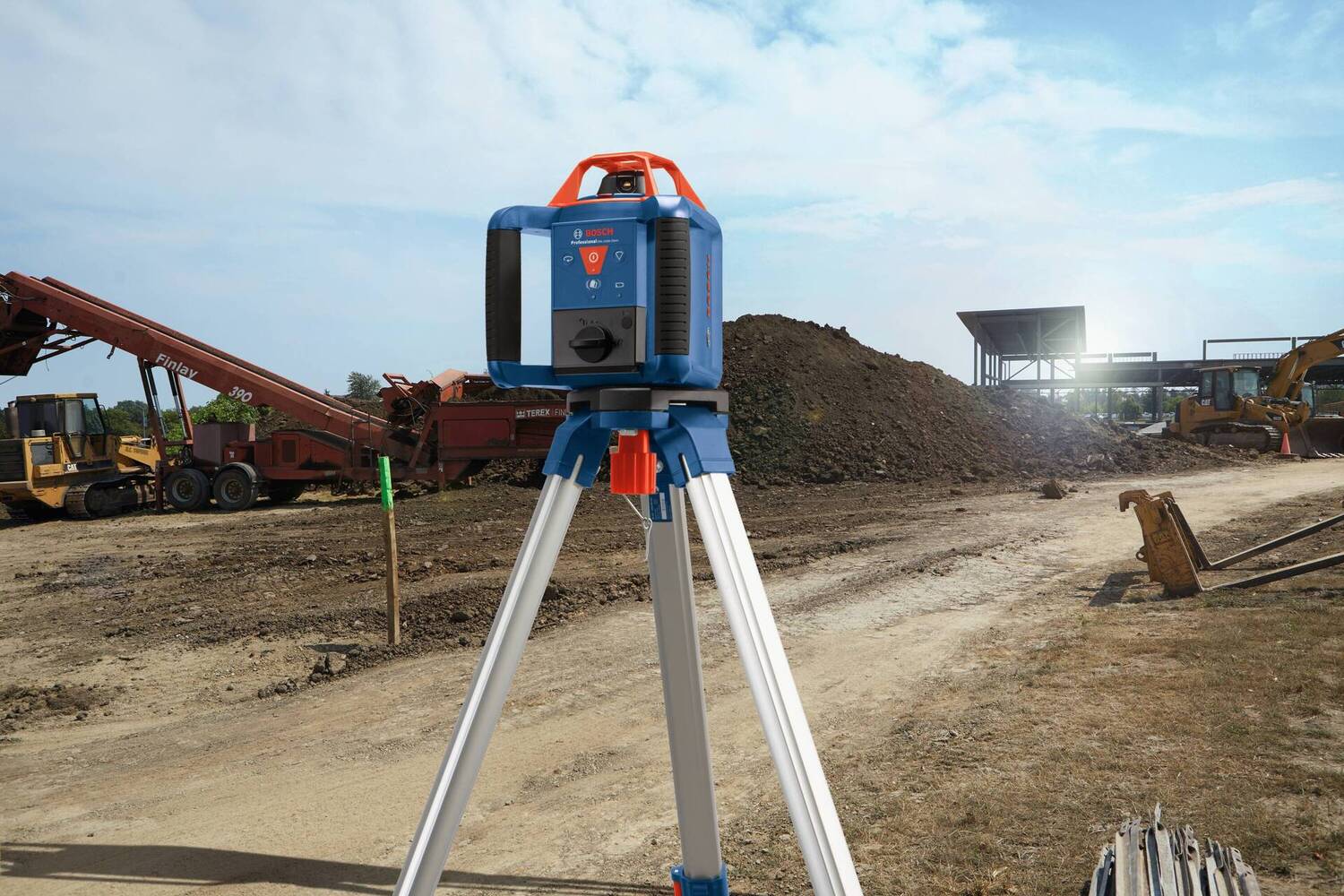
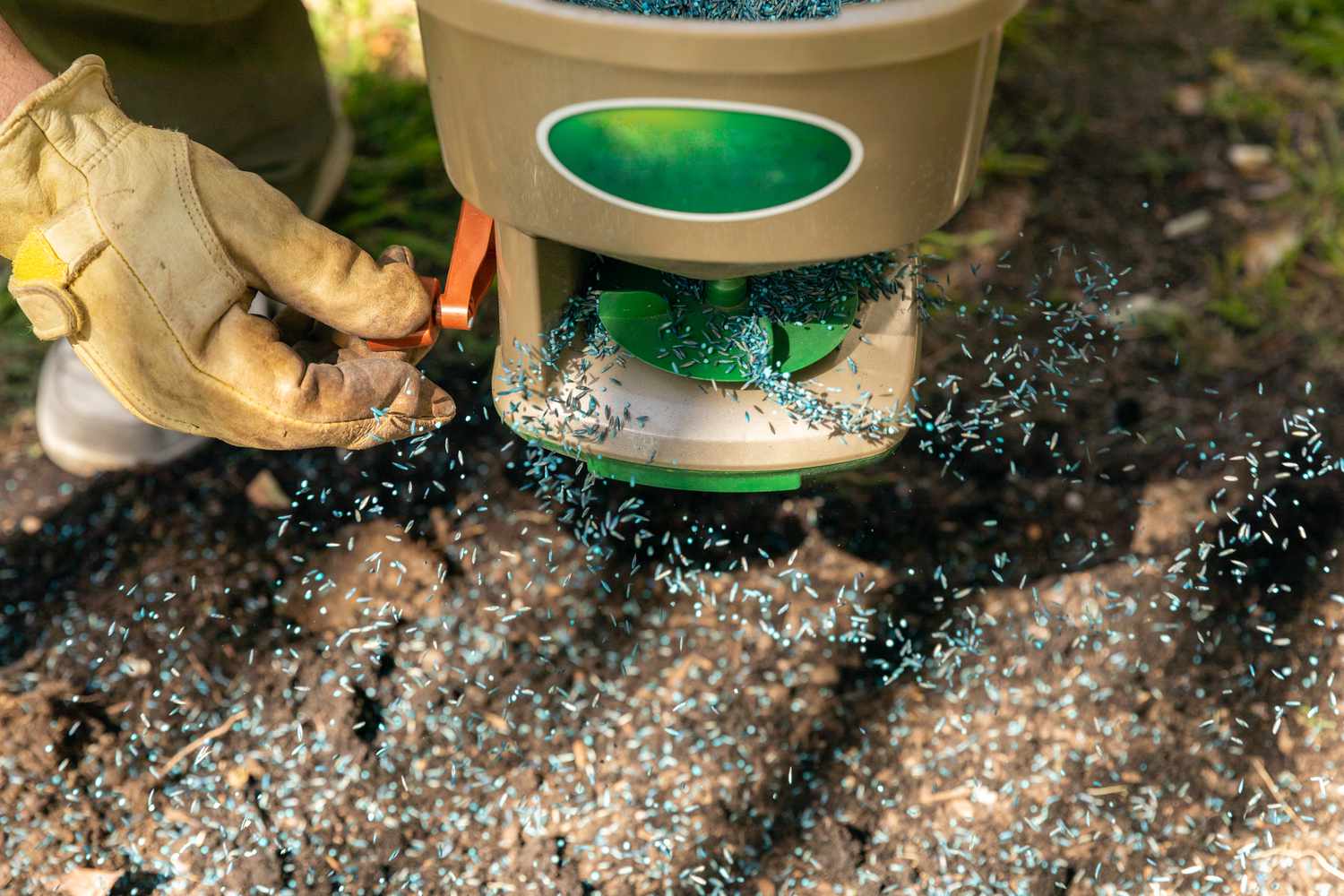
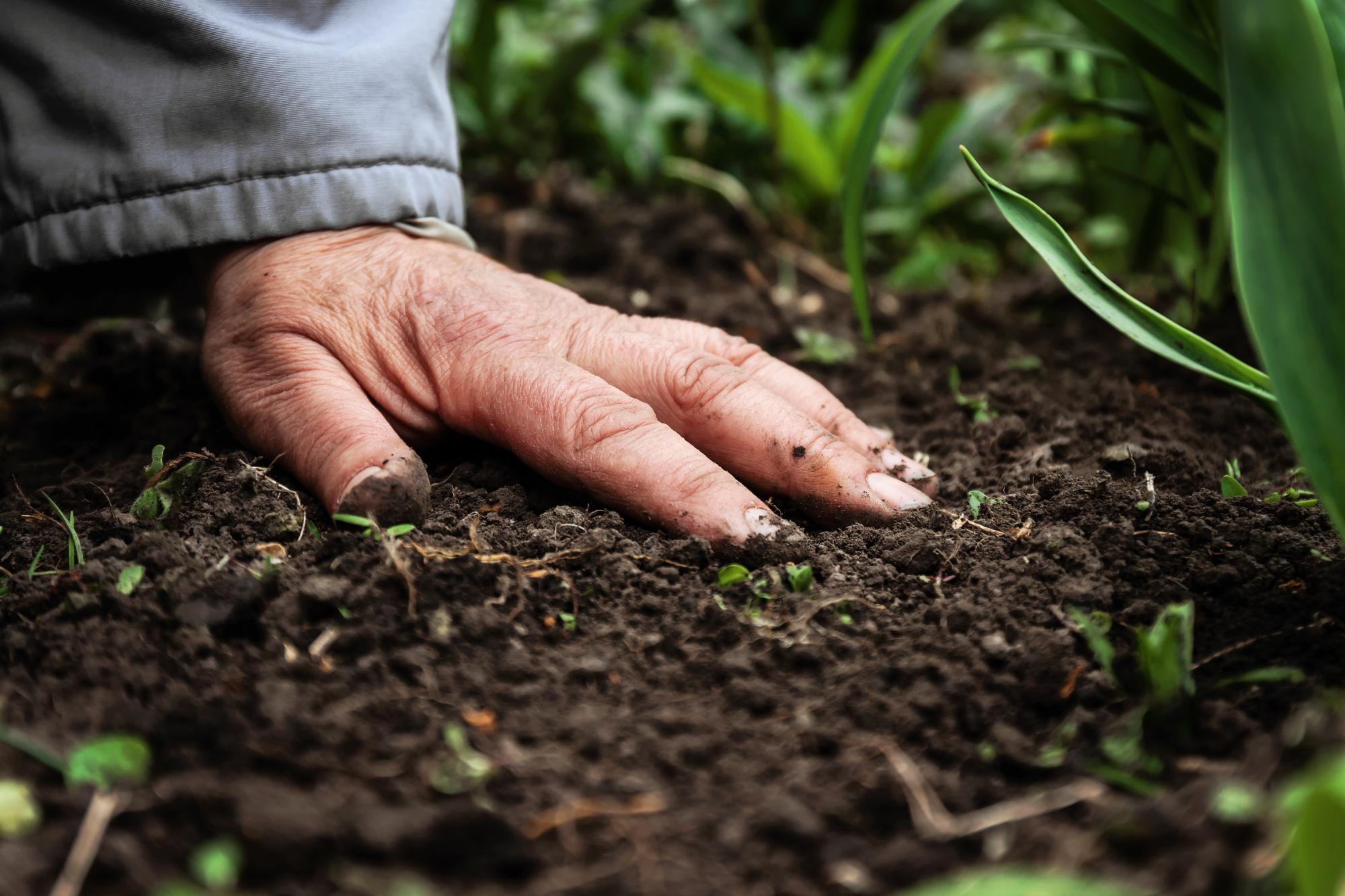
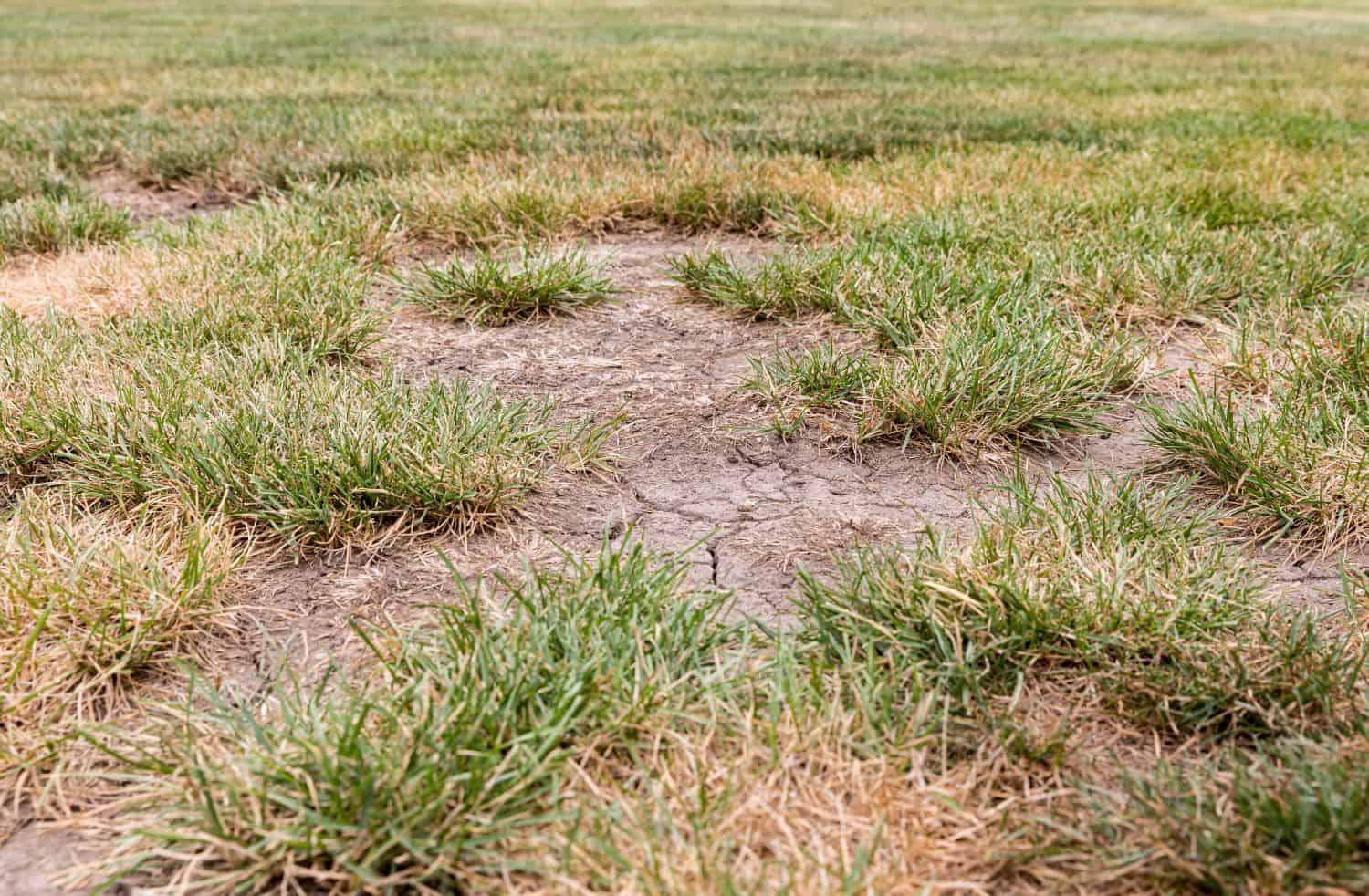
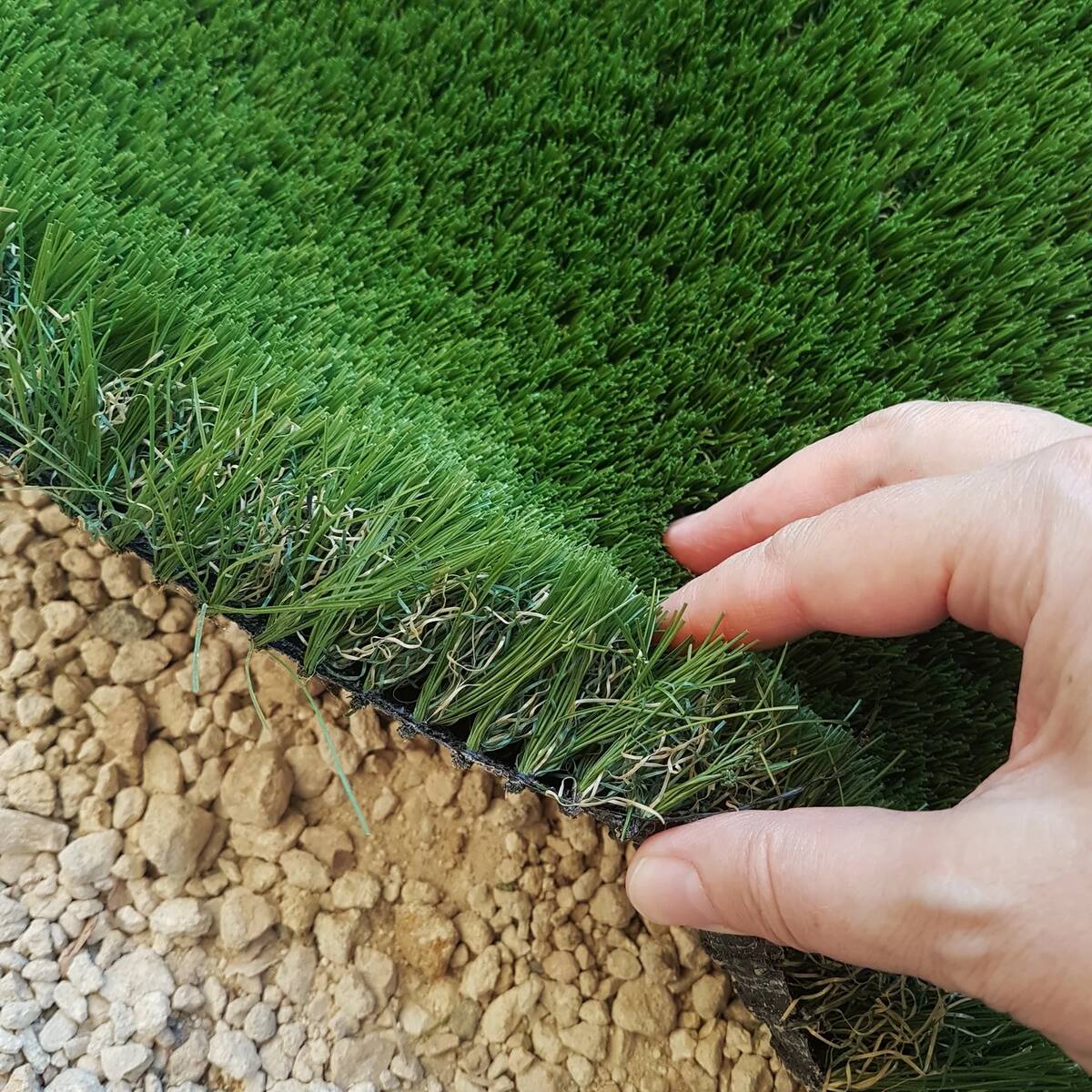
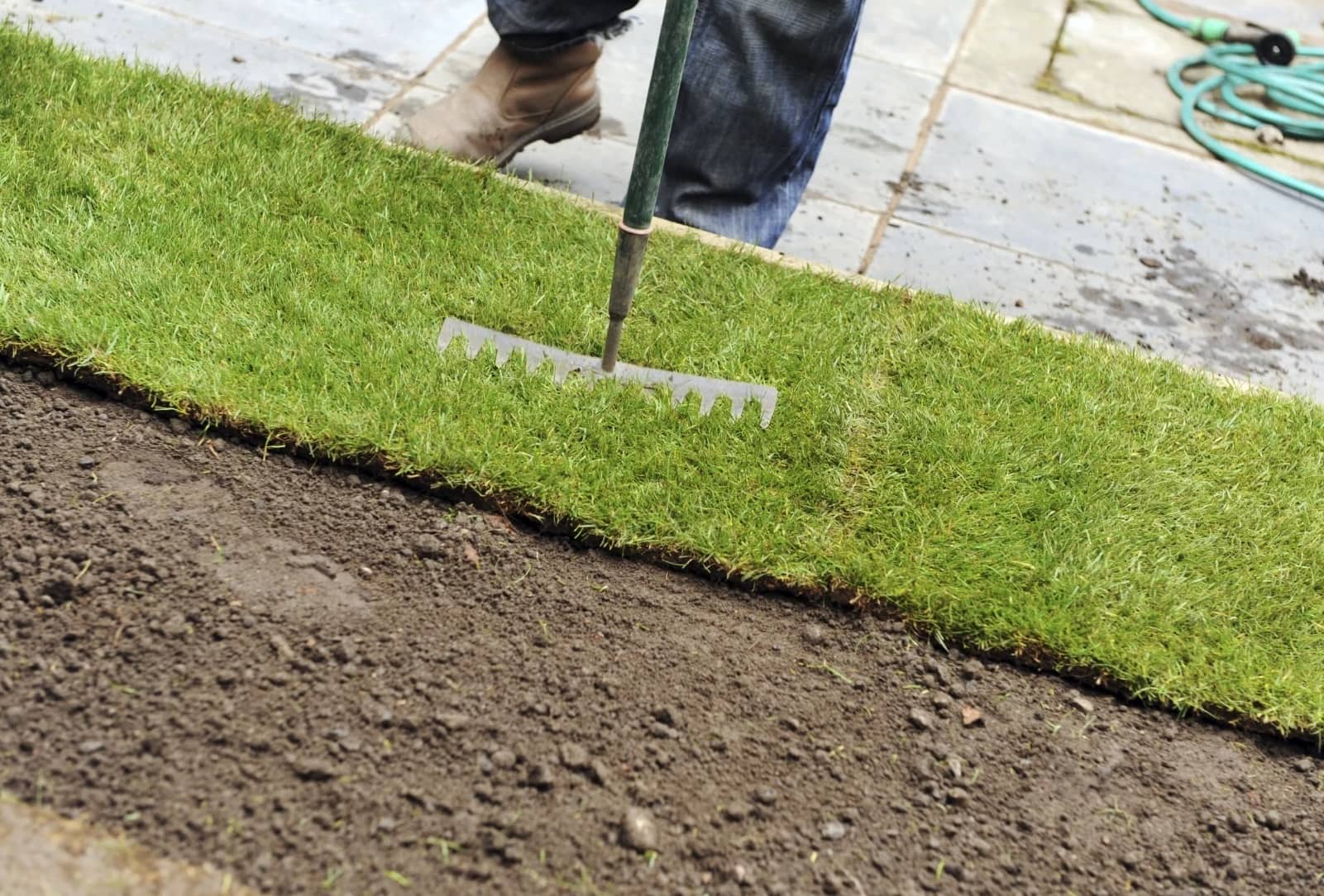
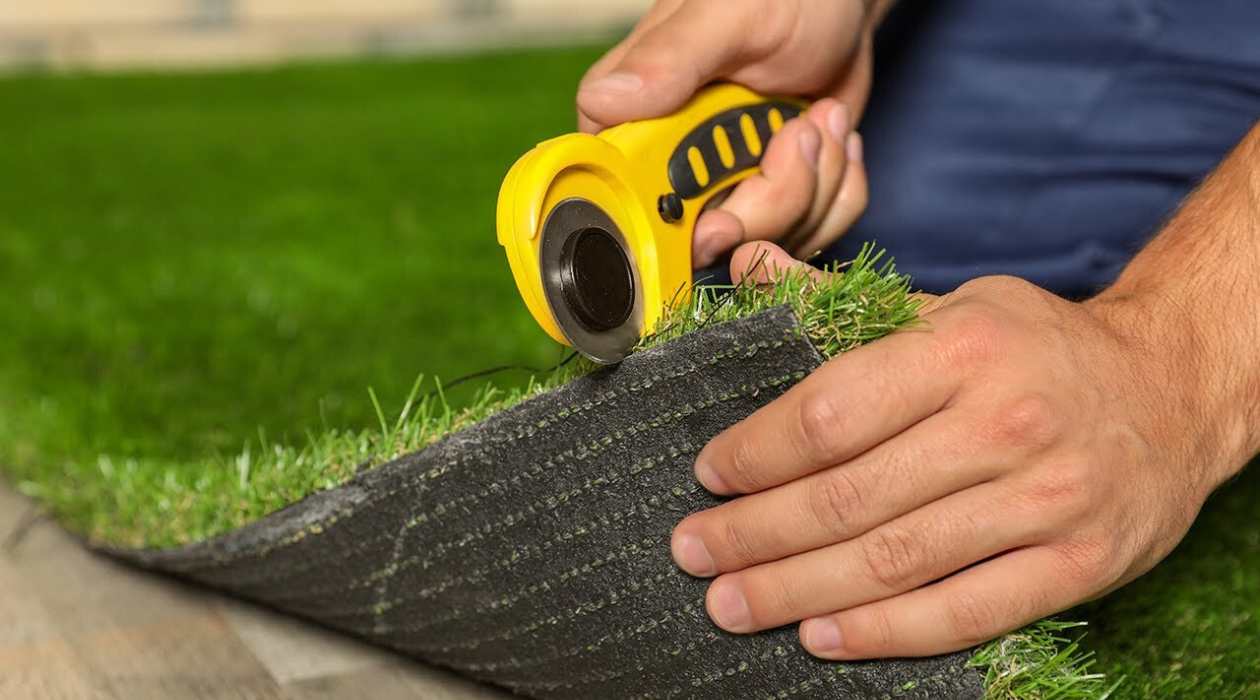
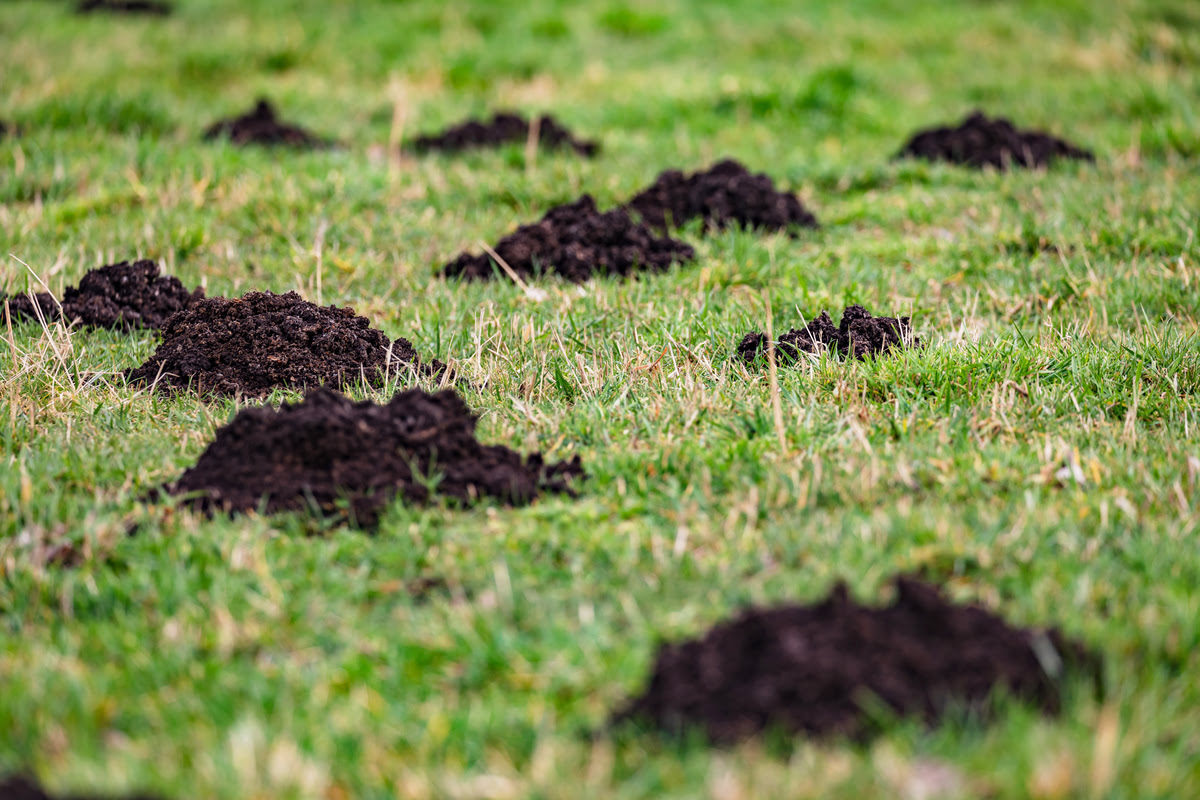
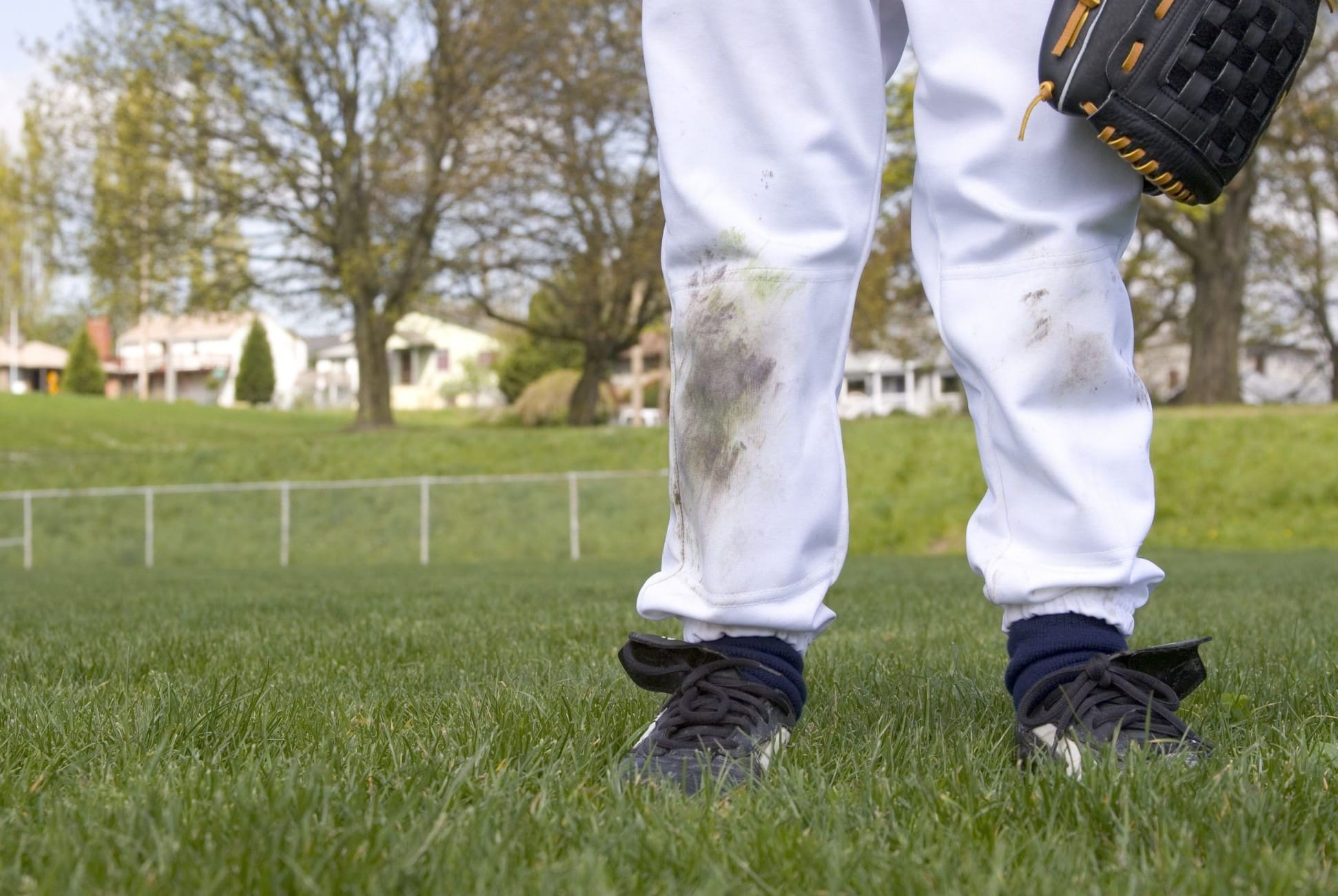
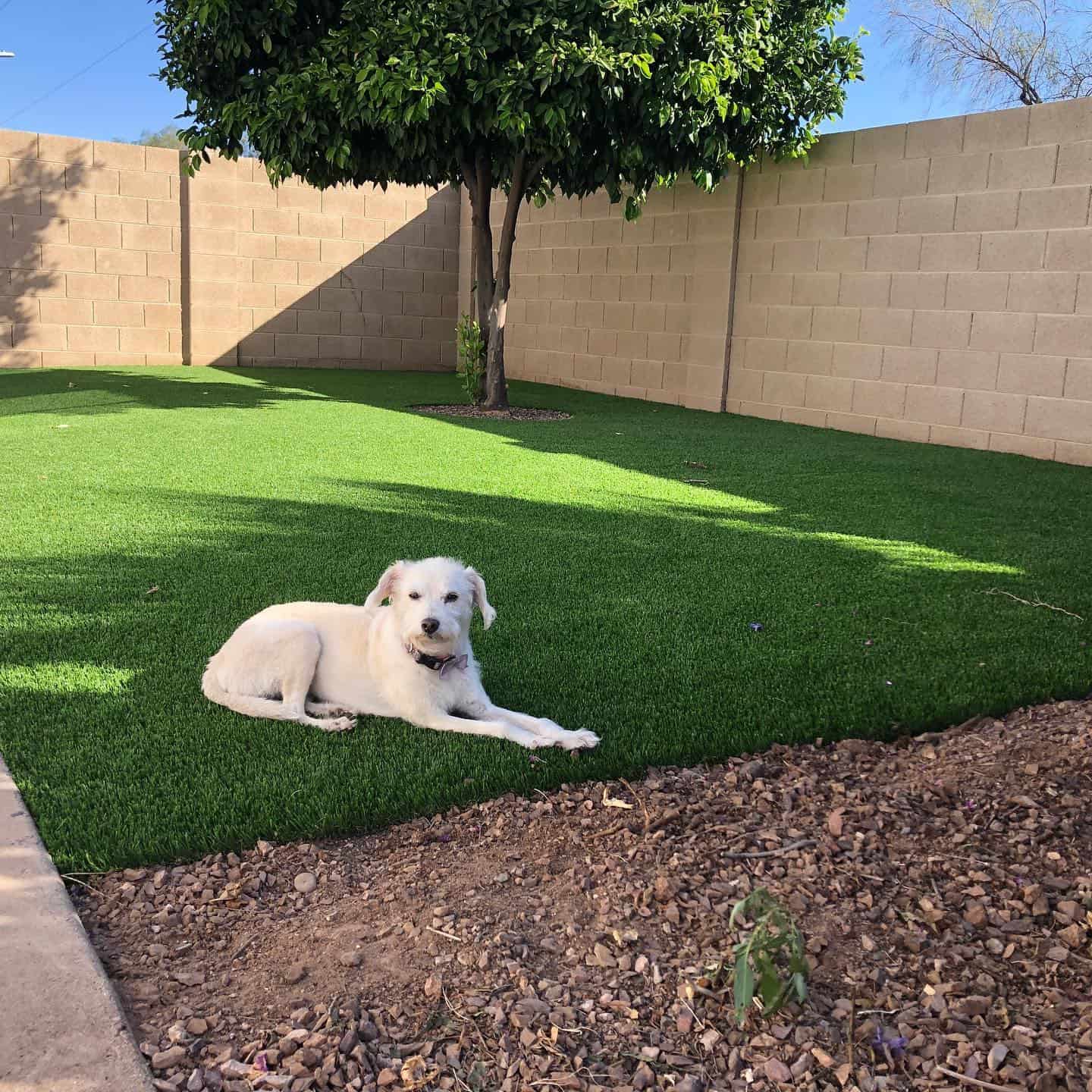
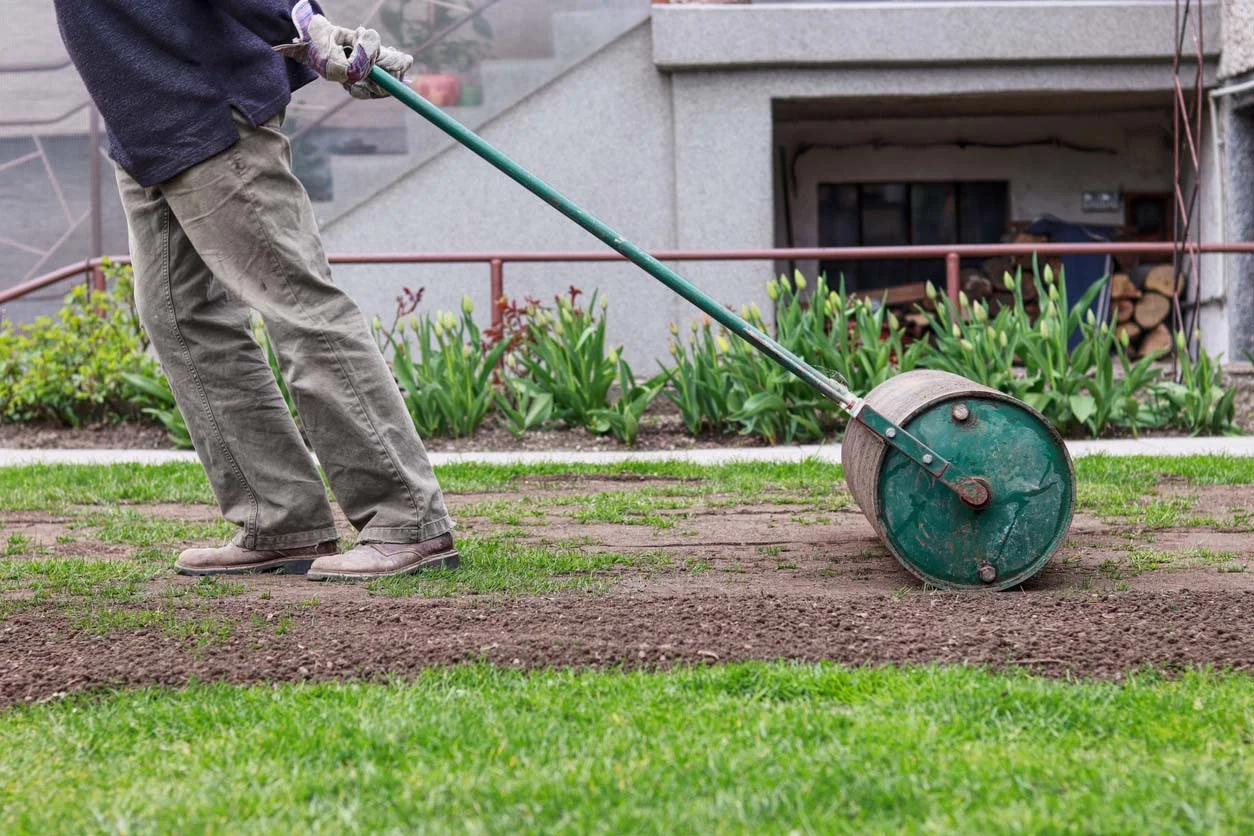
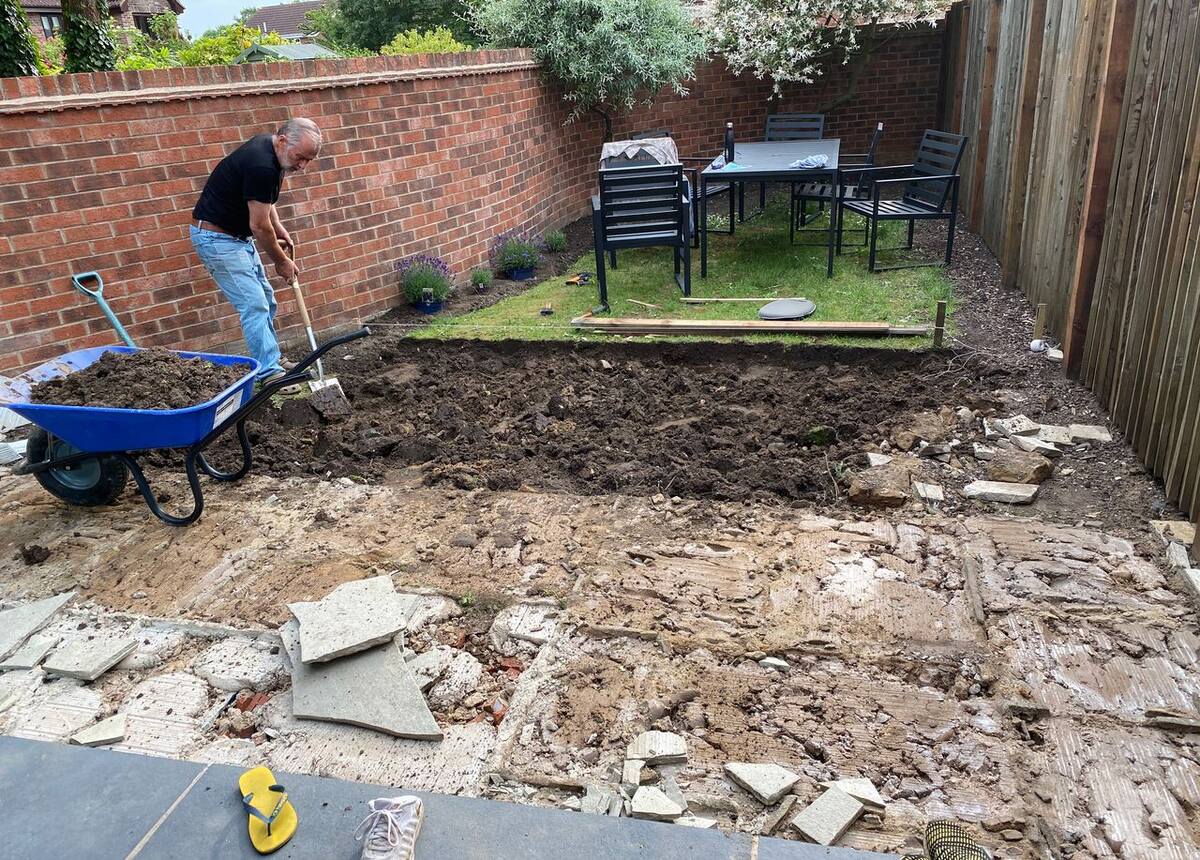
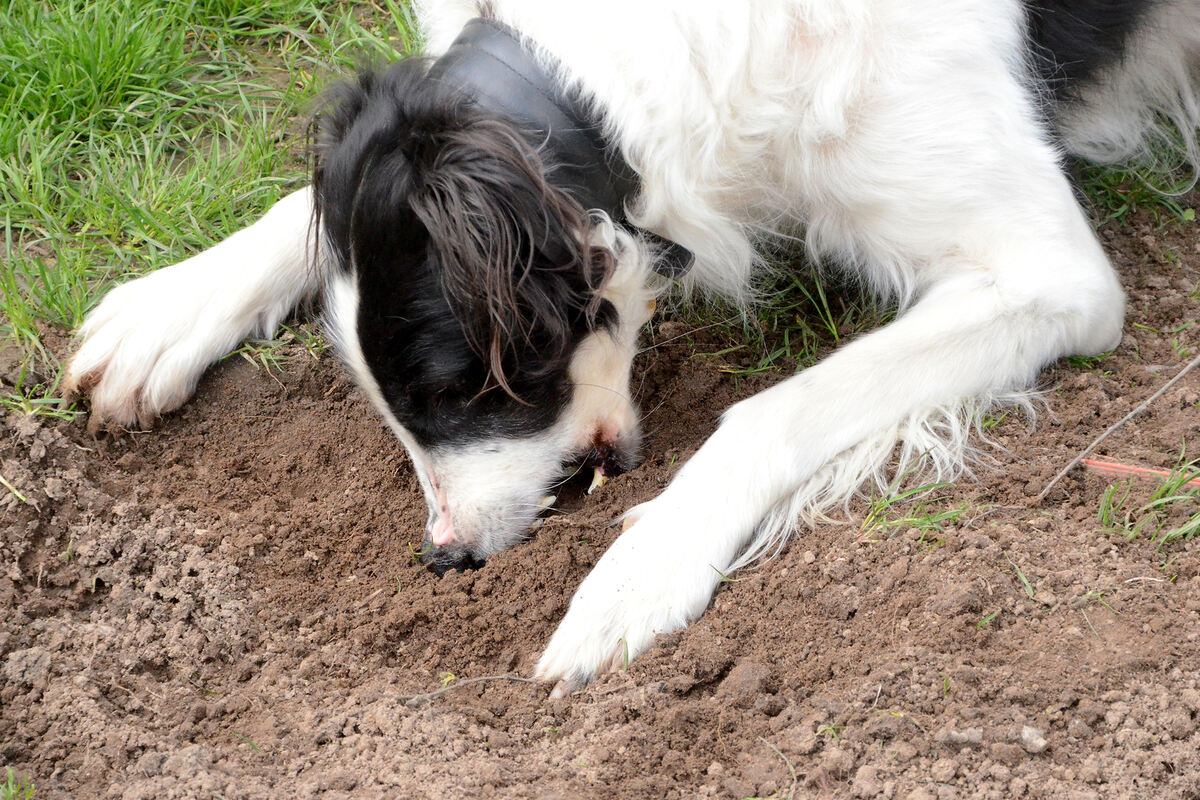
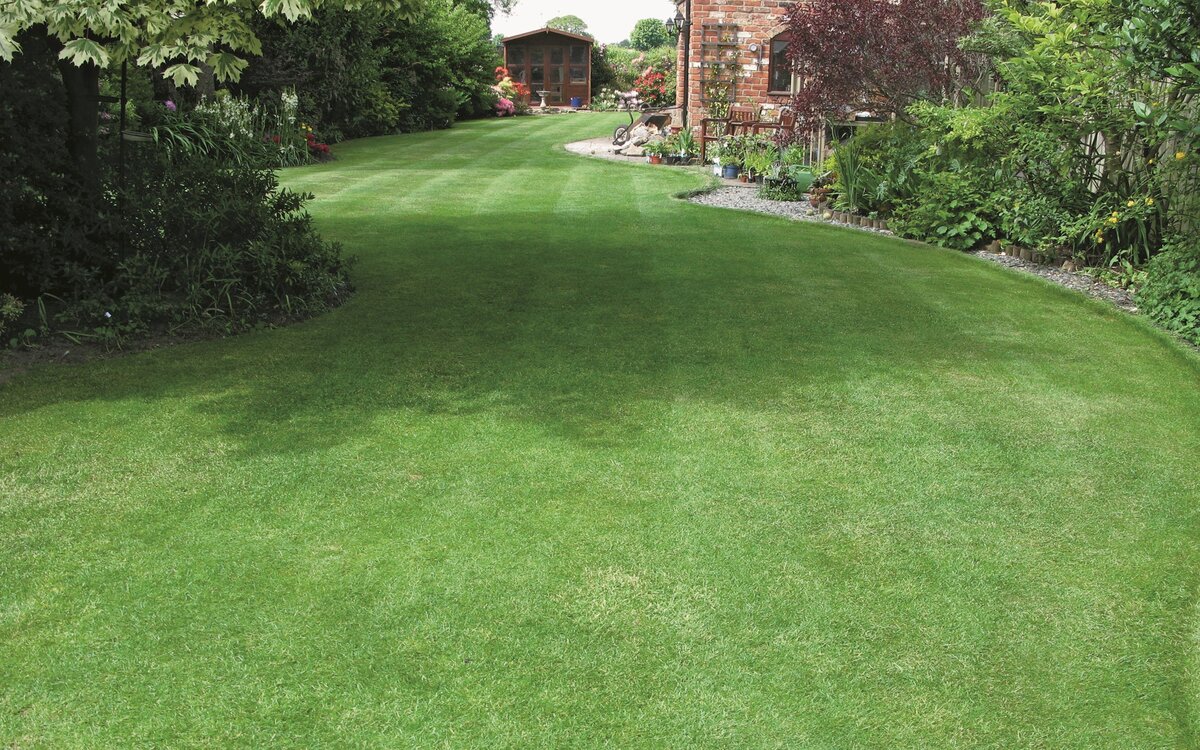

0 thoughts on “How To Level Dirt For Grass”